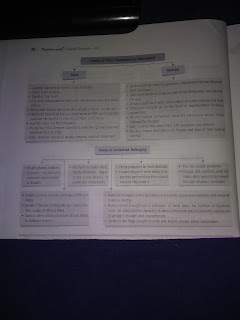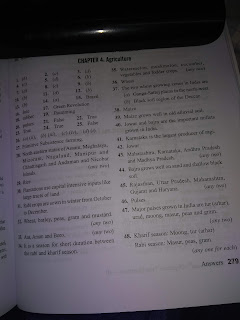1. How many Plant and animal species are approximately found in India?
Ans. Around 47,000 plant species and 89,000 of animal species.
2. What is virgin vegetation?
Ans. The natural vegetation which has been left undisturbed by the humans for a long time is called virgin vegetation.
3. Why are the Western slopes of the Western ghats covered with thick forests and not the Eastern slopes?
Ans. On the Western rainy slopes of the Western ghats, forests really appear as wet evergreen forests and thick as compared to Eastern ghats because Eastern ghats remain in rain shadow.
4. What are biomes?
Ans. A very large ecosystem on land having distinct types of vegetation and animal life is called a biome.
Ans. Around 47,000 plant species and 89,000 of animal species.
2. What is virgin vegetation?
Ans. The natural vegetation which has been left undisturbed by the humans for a long time is called virgin vegetation.
3. Why are the Western slopes of the Western ghats covered with thick forests and not the Eastern slopes?
Ans. On the Western rainy slopes of the Western ghats, forests really appear as wet evergreen forests and thick as compared to Eastern ghats because Eastern ghats remain in rain shadow.
4. What are biomes?
Ans. A very large ecosystem on land having distinct types of vegetation and animal life is called a biome.




















































